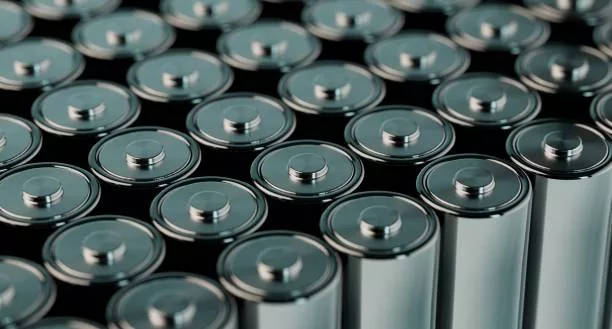Lithium, a critical component for the burgeoning battery market, is set to become more widely sourced within the United States thanks to a new licensing agreement. The Department of Energy‘s Oak Ridge National Laboratory (ORNL) has developed a suite of seven advanced technologies aimed at lithium recovery, which Texas-based Element3 plans to implement. Element3 is a company with a sharp focus on procuring lithium from wastewater, a byproduct of oil and gas operations.
Advancing Critical Materials Research
The Oak Ridge team’s achievements emerged from the Critical Materials Innovation Hub, directed by the Ames National Laboratory. This hub represents a concerted effort by the Department of Energy (DOE) to innovate and expedite scientific responses to the growing need for critical minerals and materials, ensuring that these vital supply chains remain robust and domestic.
The Rising Demand for Lithium
The demand for lithium-ion batteries is escalating rapidly to power electric vehicles (EVs), consumer electronics, defense apparatus, and to support energy storage systems for the national grid. Predictions estimate that the global market size for lithium batteries could expand between five to tenfold in the coming decade.
Securing National Supply Chains
“Securing a stable supply of both raw and refined lithium is pivotal for the U.S. economy and national security,” emphasized Cynthia Jenks, the associate laboratory director for the Physical Sciences Directorate at ORNL. The lab actively pursues research to foster the transformation of transportation through electrification and to safeguard a consistent domestic supply of critical materials.
Exploring Alternative Lithium Sources
Several years of advanced research conducted by ORNL Corporate Fellow Parans Paranthaman have been directed towards identifying and utilizing alternative lithium sources, like waste brine from geothermal power plants and boron mine tailings. “Since less than 2% of lithium is currently sourced from the U.S. and Canada, and with the EV market’s rapid expansion, we need to tap into alternative sources to mitigate supply chain issues,” Paranthaman explained.
Element3 Embraces ORNL’s Cutting-Edge Techniques
Element3 is set to employ ORNL’s technologies, including pioneering membrane extraction methods and novel separation techniques. The intellectual prowess backing these tech advancements includes a team from ORNL comprising Ramesh Bhave, Syed Islam, Jayanthi Kumar, Bruce Moyer, Paranthaman, and Ilja Popovs, alongside contributions from former ORNL scientists.
Hood Whitson, CEO of Element3, has expressed enthusiasm for the partnership, acknowledging Bruce and Parans as undisputed leaders in lithium recovery innovation. Their collective expertise is imagined to expedite a real-world solution for lithium extraction.
DOE and CMI: Spearheading Material Innovation
The U.S. DOE’s research sponsorship through the Advanced Materials and Manufacturing Technologies Office and the Critical Materials: Next-Generation Technologies and Field Validation funding initiative was instrumental in propelling one of these inventions. With focus areas and projects under the Critical Materials Innovation (CMI) umbrella, the DOE is tirelessly pushing toward a diversified material supply.
To solidify this significant step forward, Jennifer Caldwell finessed the licensing agreement’s terms. More information regarding licensable technologies can be accessed through ORNL’s Technology Transfer website.
Continued Support from the DOE’s Office of Science
With ORNL managed by UT-Battelle on behalf of the DOE’s Office of Science, there is substantial backing for ongoing physical science research within the United States. The Office of Science continues to tackle some of the most challenging issues of today’s world. To learn more about these efforts, interested parties are directed to explore the energy.gov/science portal.


























